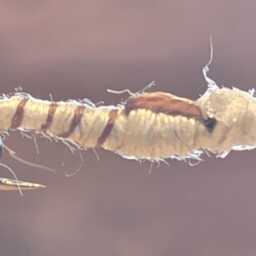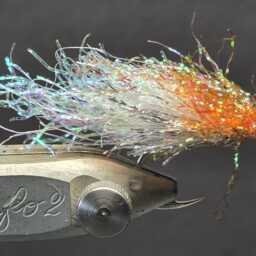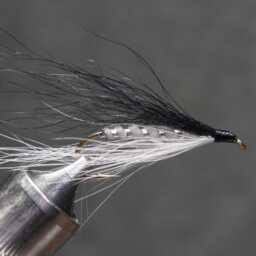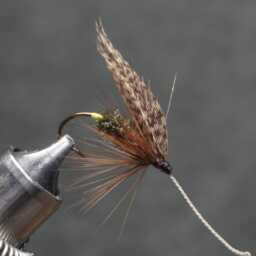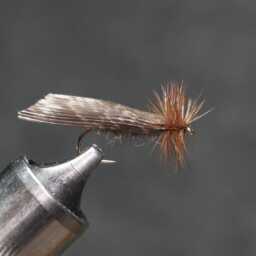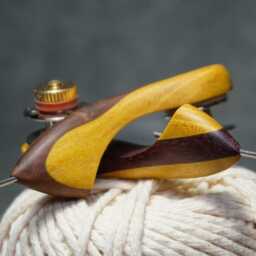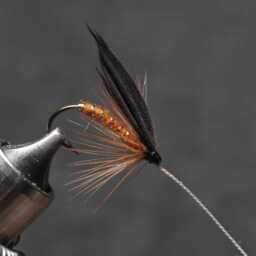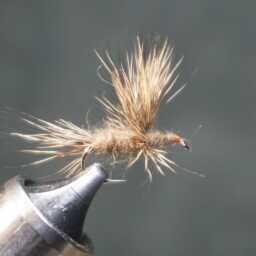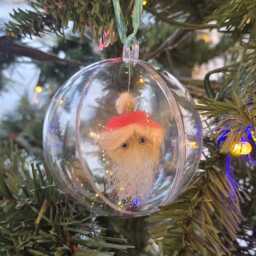Peacock plumage, widely utilized in fly tying, boasts magnificent iridescent blues and greens. The tail feather yields the renowned pearl for mini fly patterns, while the stripped curls from the eye provide quills for various fly patterns. Notably, the base of the bird’s tail yields brilliant, iridescent sword feathers used for wings, such as in flies like the Alexandria.
Peacock herl, with its brilliant metallic green hue, serves as a natural and reflective material, becoming a staple for fly tying and feather art. Feather accessories, including earrings, masks, hair weaves, chokers, and headbands, heavily rely on Peacock herl.
The Herl is also known as a “Flue”. Hundreds of flues make up the tailing feather that ultimately leads to the tip referred to as the “eye”. The many tail feathers combined are referred to as the “train”.
Many flies use or call for a “quill” body. The best “quills” come from the lower part of the eye or the flies just below the eye. A common technique to remove the iridescent barbs is to use a pencil eraser to remove them to expose the quill. There are ways to chemically remove them. A common method is to use 1 part bleach : 2 parts water, mixture to burn them off. This can take a few minutes and is speed up by swirling the feathers in the mixture. Once the barbs have been removed from the quill the feathers need to be immediately cleaned with a water and baking soda solution to neutralize the chemicals and the burning process.
Herl proves valuable for large flies when obtained in long and dense form, available in a diverse array of mainly dark colors. Peafowl, encompassing the blue and green species, feature extravagant plumage. Asiatic species, with eye-spotted tails, display these during courtship rituals. The elaborate iridescent coloration and large “train” of peacocks have sparked extensive scientific debate. Charles Darwin suggested their role in attracting females through sexual selection, while Amotz Zahavi proposed, in his handicap principle, that these features act as honest signals of males’ fitness. A group of peacocks is referred to as an “ostentation” or a “muster.”
« Back to Glossary Index
